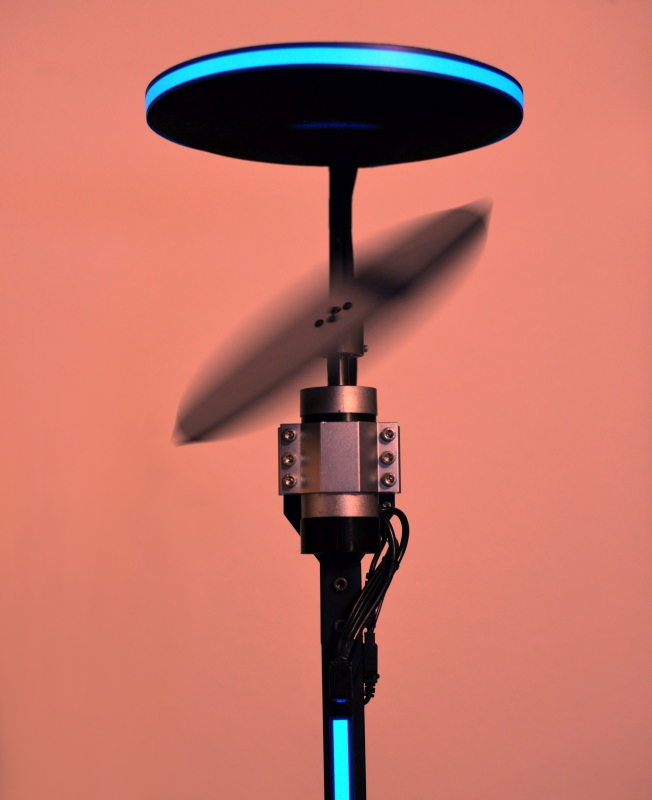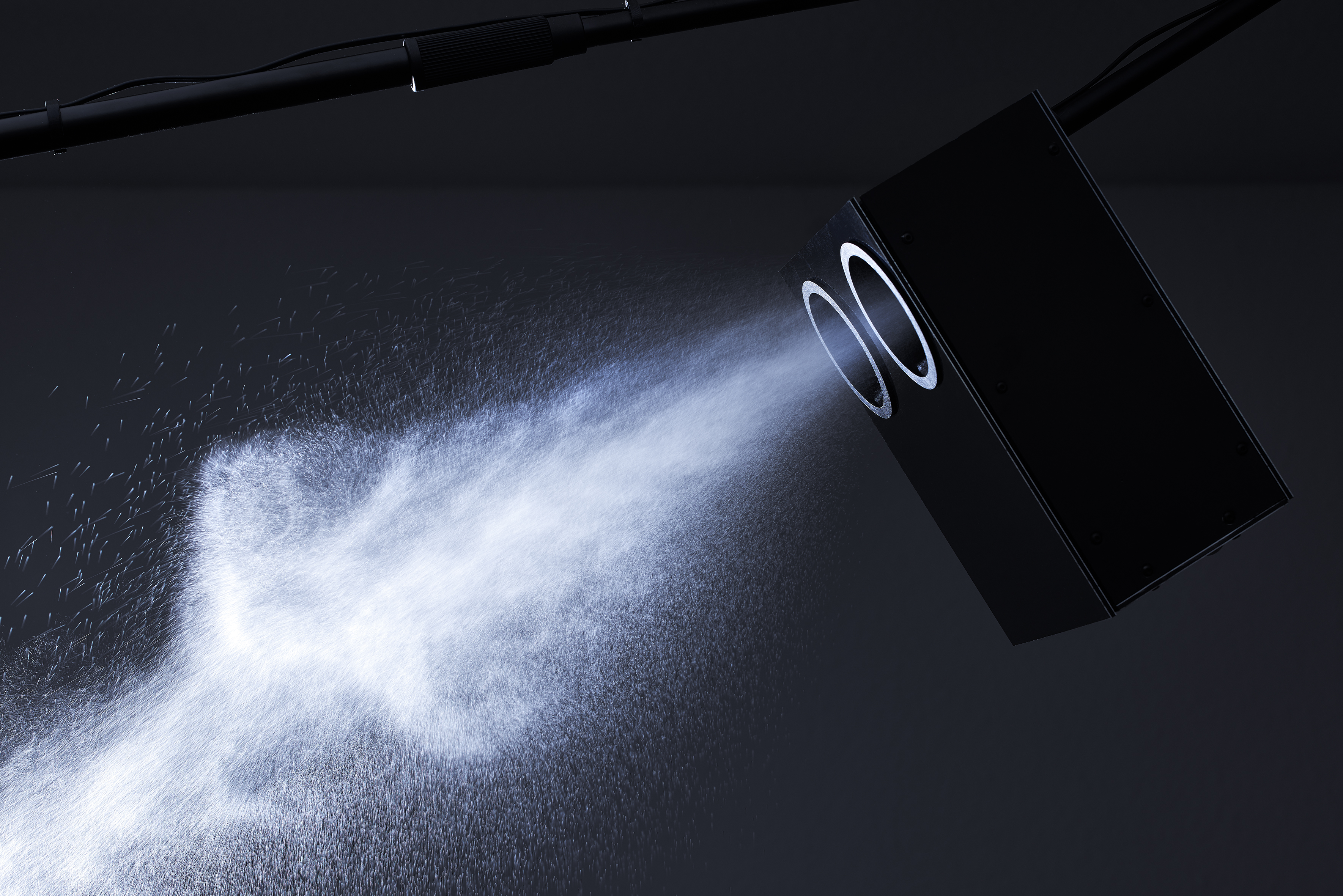Exhibition “SUPERPOSITION”
I was invited to curate an exhibition in the project room “DISKURS” and am looking forward to the opening of the now built exhibition: SUPERPOSITION on 22.01.2020 at 7 pm.

SUPERPOSITION shows radical positions about the perception from the field of Science Art / Art and Science of me and the artists:
Lucas Buschfeld
Edith Kollath
Sebastian Wolf
SUPERPOSITION runs until 29.02.2020. The opening hours can be found on the website of Diskurs.
Here is my text about the exhibition:
The philosopher William von Occam recommended in the Middle Ages to free philosophy from all superfluous things with a razor knife, in essence to pursue the simplest explanation in the sense of coherence. This is a method which is nowadays commonly used when we perceive the “real world” because it makes life much easier and frees us from the need to weigh up the countless possibilities that present themselves at each and every moment. But consequently, this ease carries with it a big disadvantage:
According to today’s knowledge in theoretical and experimental physics, the material from which everything originated and originates carries the fundamental property of possibility in itself. The fundament of all is probability and not absolute clarity. We know this from quantum physics research of the past 100 years, due to the groundbreaking thoughts and theories of Max Planck, Niels Bohr, Werner Heisenberg, and many others. According to them, by renouncing possibilities, one actually destroys the possibilities if one does not consider them.
Take the thought experiment of Nobel Prize winner Erwin Schrödinger in 1935. In the hypothesis a cat is enclosed in a box containing a deadly mechanism, there is a 50% probability the mechanism will be trigged sometime or never and leads to the realization that one does not know whether the cat is alive or not, as long as one does not look inside the box. The cat, in this thought experiment, is in a state of superposition, of being and non-being. In the 1805 famous double-slit experiment this even became and becomes visible, because here light occurs simultaneously as both a particle and a wave and completely contradicts our perception that something can only be one single thing in one solid-state at the same time.
Indeed, the observation, the measurement, the “looking” or “perception” destroys the superposition and forms a concrete manifestation. Like a breaking wave, the probability wave collapses and forms the unambiguous reality. The cat is alive! …and there is no separation between the observer and the observed… The destructive power of observation therefore also leads to genesis, to emergence, to the crystallization of safety in the quantum foam of possibilities.
Another Nobel Prize winner, nobody less than Albert Einstein himself, could not believe this, as it shook his ingenious space-time construct of the theory of relativity. He asked, “is the moon there when I’m not looking at it?” and later he continued on the subject of “God doesn’t roll a dice!”. We now know, yes, the moon is actually there, because it is constantly “measured” by subatomic and wave interactions and as Niels Bohr replied: “whether God rolls the dice or not, only God decides because he makes the rules”.
With the works of the participating artists, the exhibition “SUPERPOSITION” aims to focus on the aspect of reality formation through observation. The critical perception of the exhibited works leads to the formation of experiences, this is exactly what the works invite us to. In addition to their typical artistic, sculptural, technical structure, the installations have a narrative level that unfolds inside the viewer. This is a core component of the art movement “Science Art”, which can be experienced here, if one is willing to perceive it and, as a consequence, is given the opportunity to discover new realities.
Enjoy the journey of your discoveries!
Olaf Schirm
For the first time I show the kinetic sound installation:

and:
Here is a report about the show, published 27. Jan 2020 in Feuilletonscout
